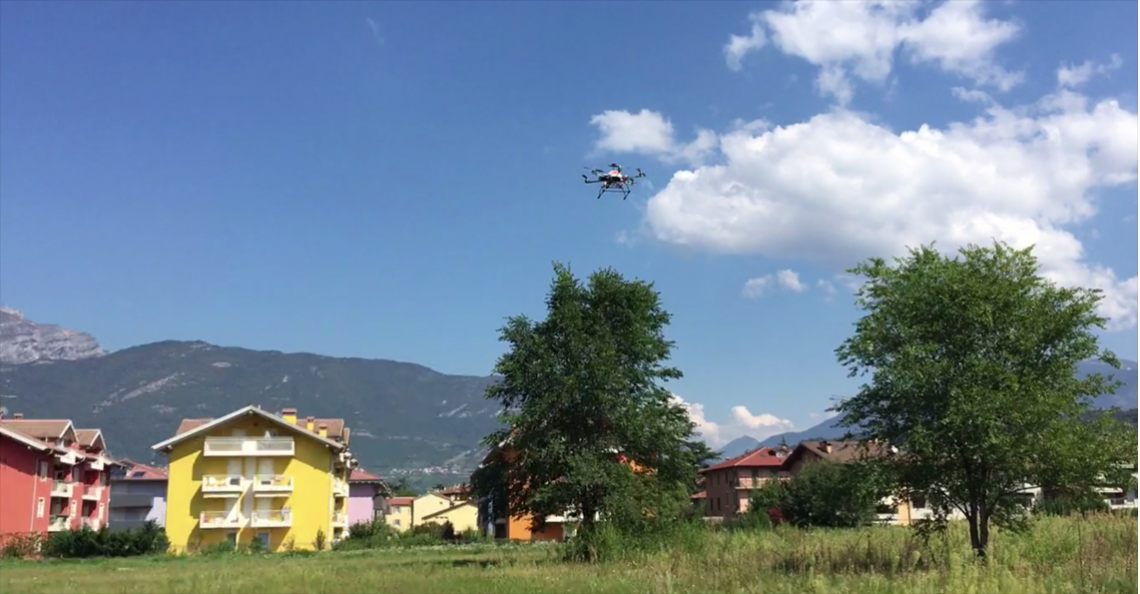

- NASA WORLD WIND OPENSOURCE GIS FOR MISSION OPERATIONS PDF HOW TO
- NASA WORLD WIND OPENSOURCE GIS FOR MISSION OPERATIONS PDF WINDOWS
The latest version (1.4) developed mainly by open source community members from World Wind Central/Free Earth Foundation had its premiere on February 14, 2007.Īpart from the Earth there are several worlds in World Wind: Moon, Mars, Venus, Jupiter (with the four Galilean moons of Io, Ganymede, Europa and Callisto) and SDSS (imagery of stars and galactics). INT.J.GEO.I.World Wind was released for the first time in 2004 by NASA. Yang C, Wong D W, Yang R, Kafatos M (2005) Performance-improving Techniques in Web-based GIS. Wang H (2009) Research on distributed load balancing and cache technologies for multimedia networked GIS. Wu H Y, Li Z L, Zhang H W, Yang C, Shen S (2011) Monitoring and Evaluating Web Map Service Resources for Optimizing Map Composition over the Internet to Support Decision Making. Podlipnig S, BÖSZÖRMENYI L (2003) A survey of web cache replacement strategies. In: Proceedings of the 1993 ACM SIGMOD international conference on Management of data. O’Neil E J, O’Neil P E, Weikum G (1993) The LRU-K page replacement algorithm for database disk buffering. Geomatics and Information Science of Wuhan University 30(12):1092–1095 Li H S, Zhu X Y, Li J W, Chen J (2005) Research on Spatial Data Distribution Cache Technology in WebGIS. International Journal of Geographical Information Science 26 (10):1831–1844 Li R, Guo R, Xu, Z Q, Feng W (2012) A prefetching model based on access popularity for geospatial data in a cluster-based caching system. Lee D, Choi J, Kim J H, Noh S H, Min S L, Cho Y, Kim C S (1999) On the existence of a spectrum of policies that subsumes the least recently used (LRU) and least frequently used (LFU) policies. In: ACM New York, NY, 2006ĭan A, Towsley D (1990) An approximate analysis of the LRU and FIFO buffer replacement schemes.
NASA WORLD WIND OPENSOURCE GIS FOR MISSION OPERATIONS PDF WINDOWS
INT.J.HE.GEO 4(22)Ĭao P, Irani S (1997) Cost-aware USENIX Press, California, pp 193–206Ĭhism F, Enos J (2006) Running a Top-500 benchmark on a windows compute cluster server cluster. IEEE Press, Big Sky, MT, pp 1–9īoulos M NK (2005) Web GIS in practice III: creating a simple interactive map of England’s strategic health Authorities using Google maps API, Google earth KML, and MSN virtual earth map control. In: 22nd Asian Conference on Remote Sensing. IEEE micro 3(2):22–28īell D G, Kuehnel F, Maxwell C, Kim R, Kasraie K, Gaskins T, Hogan P, Coughlan J (2007) NASA World Wind: Opensource GIS for Mission Operations. 38:178–184īarroso L A, Dean J, Holzle, U (2003) Web search for a planet: The Google cluster architecture. 35:170–178īarish G, Obraczke K (2000) World wide web caching: Trends and techniques. Keywordsīaentsch M, Baun L, Molter G, Rothkugel S, Sturm P (1997) World wide web caching: the application-level view of the Internet. This research provides a reference for the realization of a cluster-based caching system in networked geographic information applications, to improve the quality of service in networked geographic information systems. Using a collaborative approach between cluster-based caching servers, each parameter in a cluster-based caching system is quantitatively analyzed to obtain a global optimal parameter combination.

This paper analyzes tile access characteristics in networked geographic information systems and simulates cluster-based caching system through a trace-driven experiment based on the log files from the digital earth.
NASA WORLD WIND OPENSOURCE GIS FOR MISSION OPERATIONS PDF HOW TO
One of the difficult issues for realizing a cluster-based caching system, however, is how to configure numerous parameters, to make cluster-based caching servers cooperate with each other, to share cached data, and thus obtain optimal performance from the system. Cluster-based caching systems can accelerate users’ access to large-scale network services.


 0 kommentar(er)
0 kommentar(er)
